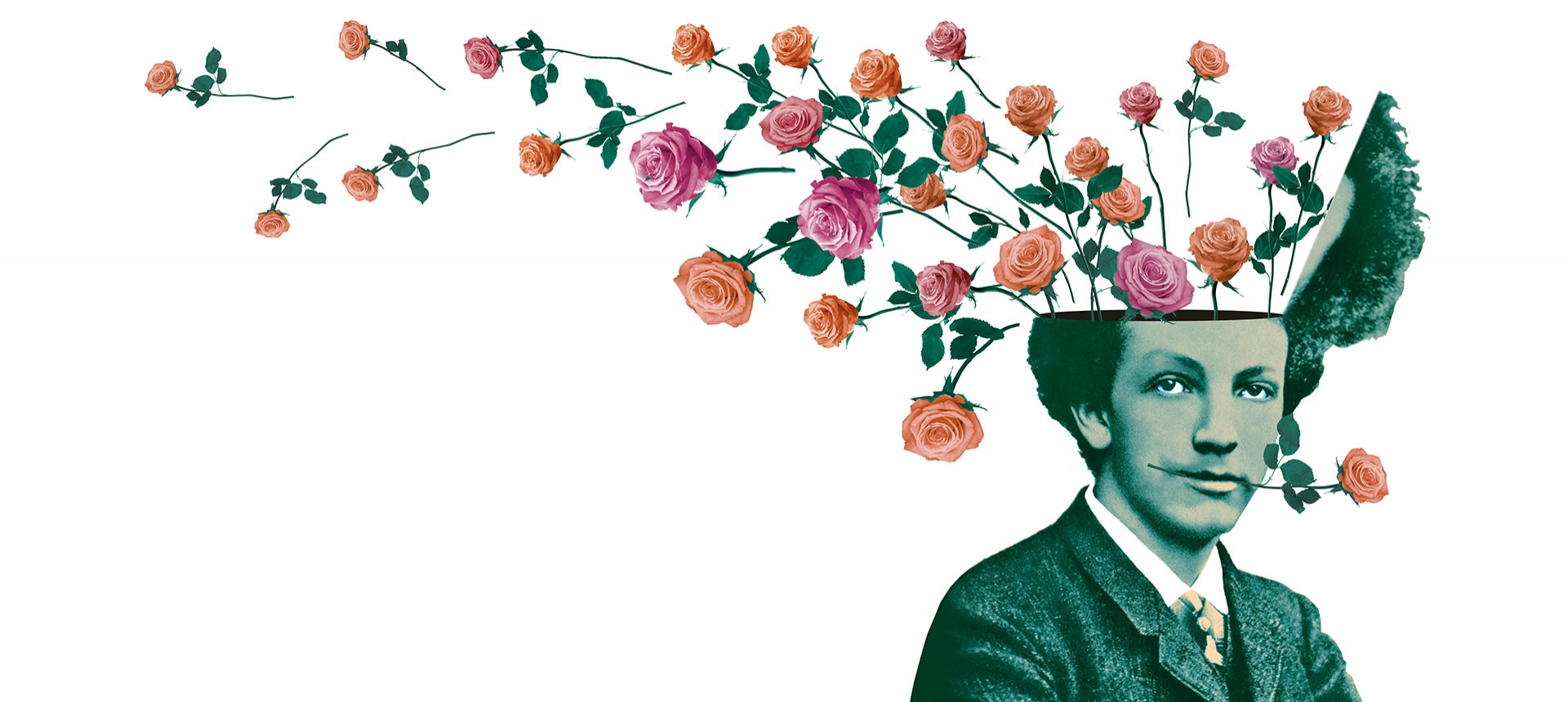The composer often sat in the opera darkness where he got the musical experiences of his life when Wagner’s huge works were staged, magnificent both in terms of scenography, performance and musical richness of sound. This is where his taste for “extra everything” was born!
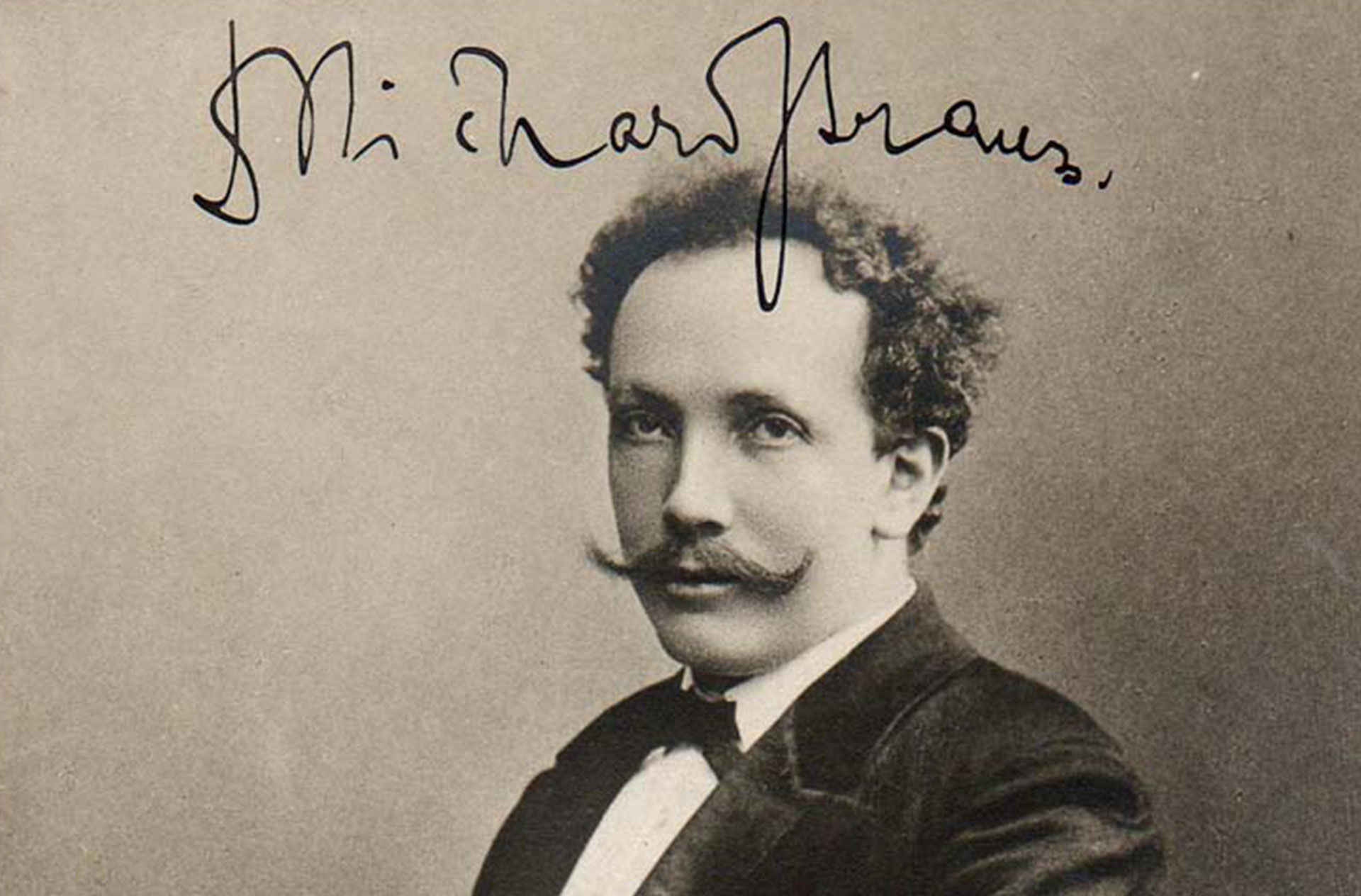
Of course he composed a couple of symphonies and concerts for horn (dad’s instrument), violin and piano, but they were anonymous youth works bound in traditional forms. His creativity was fully vented only when he began writing poems with a literary background – where his imagination was ignited and he could work freely in the late romantic orchestra’s wonderful sound palette, which he expanded with both fine nuances and vibrant, intense colors. Richard Strauss’ music often takes your breath away.
More about Richard Strauss
Richard Strauss (1864-1949) became enormously successful, both in terms of audience and finances, with successes around the world such as the tunes Don Juan, Also spoke Zarathustra (with his magnificent opening that many got goosebumps!), A heroic life and Don Quixote. The titles speak for themselves. At the same time, he developed a parallel career as a successful conductor and opera director.
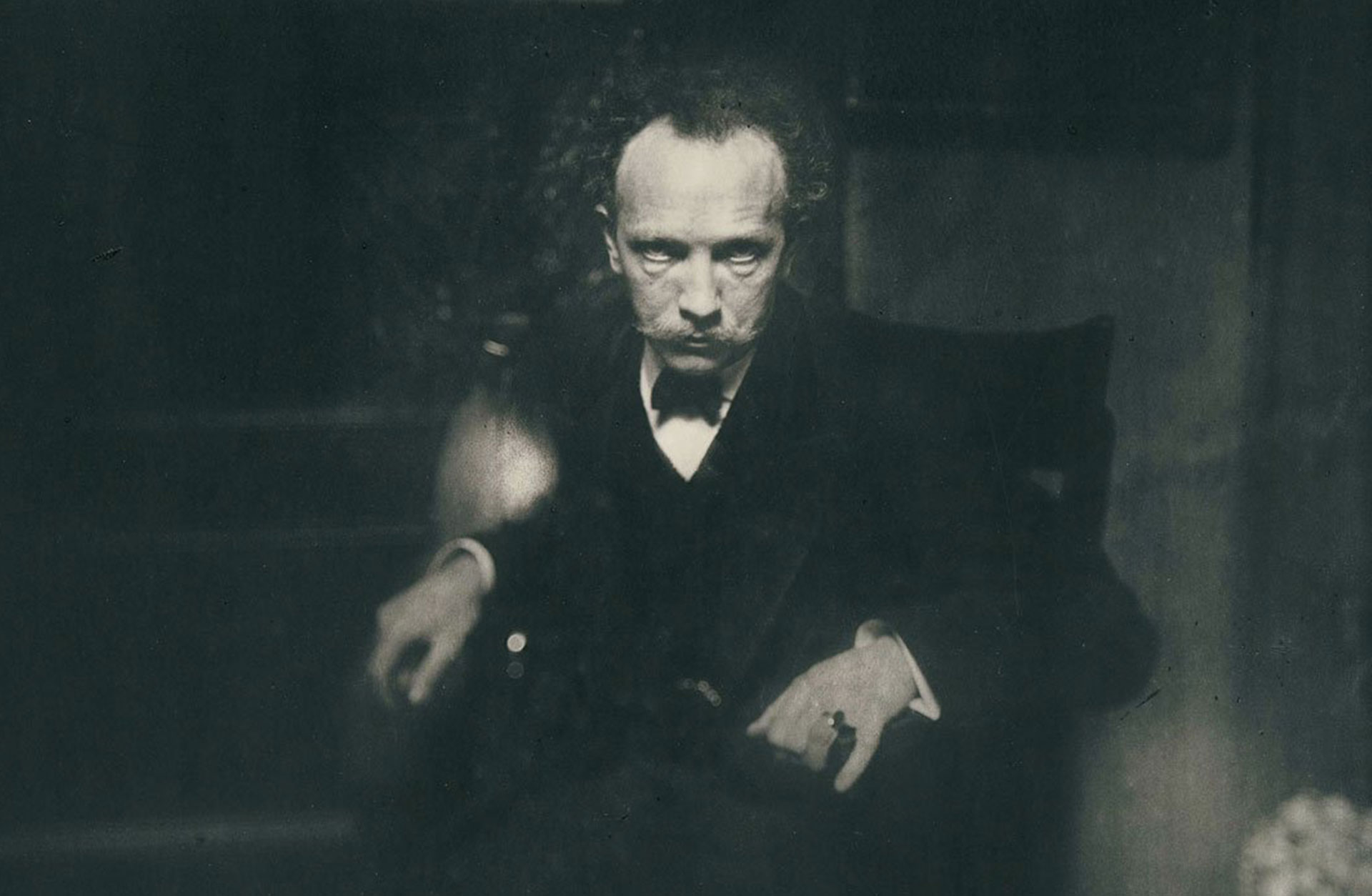
Talking about opera, things also went frighteningly well: he surprised as a radical innovator with Salome, a ruthless man of power who demands John the Baptist’s head on a platter and dances the erotic Dance of the Seven Veils so that men fade. He took another step with Elektra, the woman in Greek mythology who is driven by desire for revenge and ensures that the unfaithful mother is killed. Two complex portraits of women that still fascinate and amaze with their music.
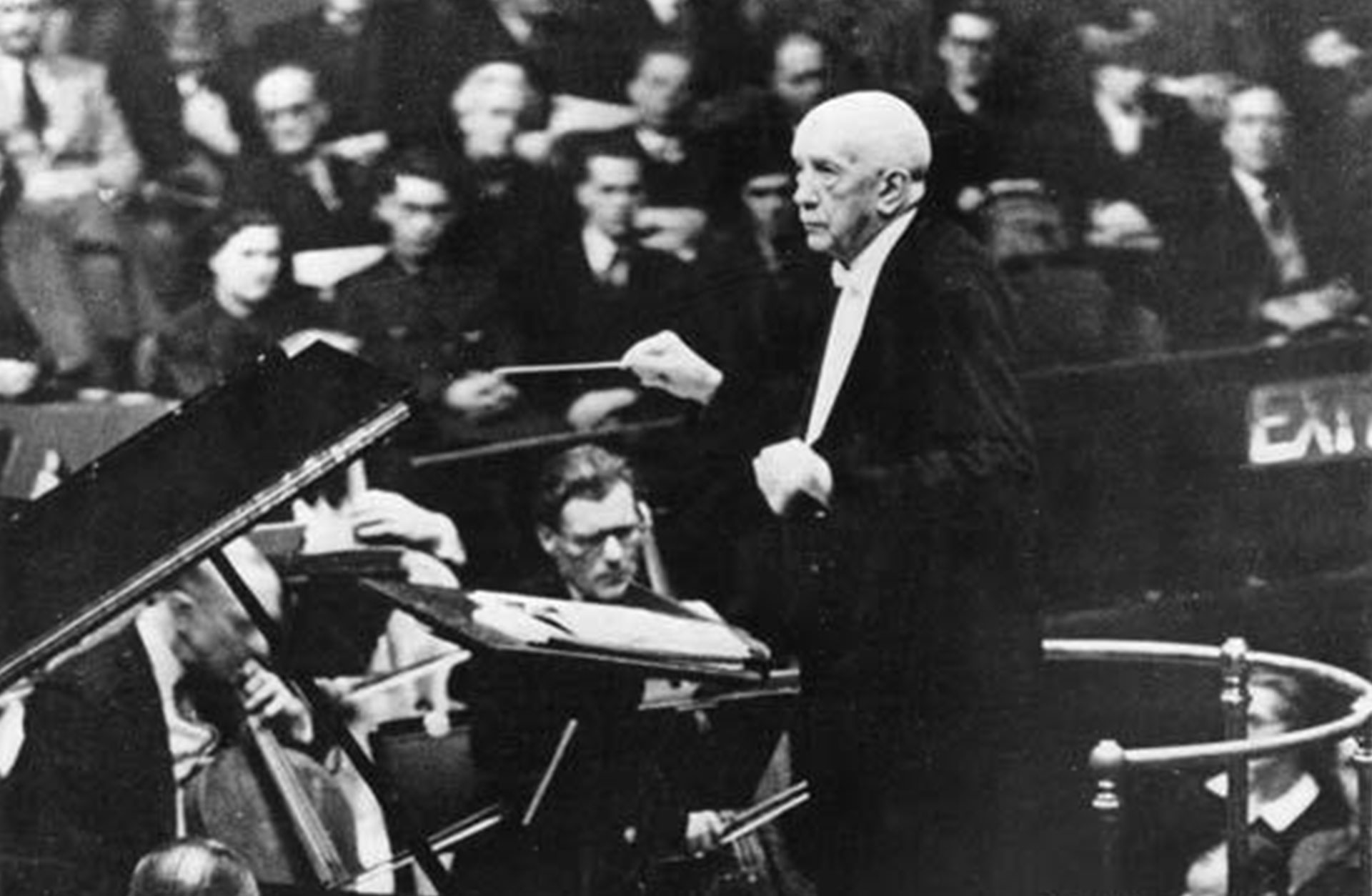
During the First World War, Strauss lost much of its assets that were seized when Germany was “enemy power”. But he returned during the interwar period and was Germany’s leading composer under Nazi rule. It was Strauss who wrote the anthem for the Berlin Olympics in 1936 – Hitler’s great propaganda number. For a period he was the country’s highest music director, but a quarrel with Goebbels led to the composer’s resignation.
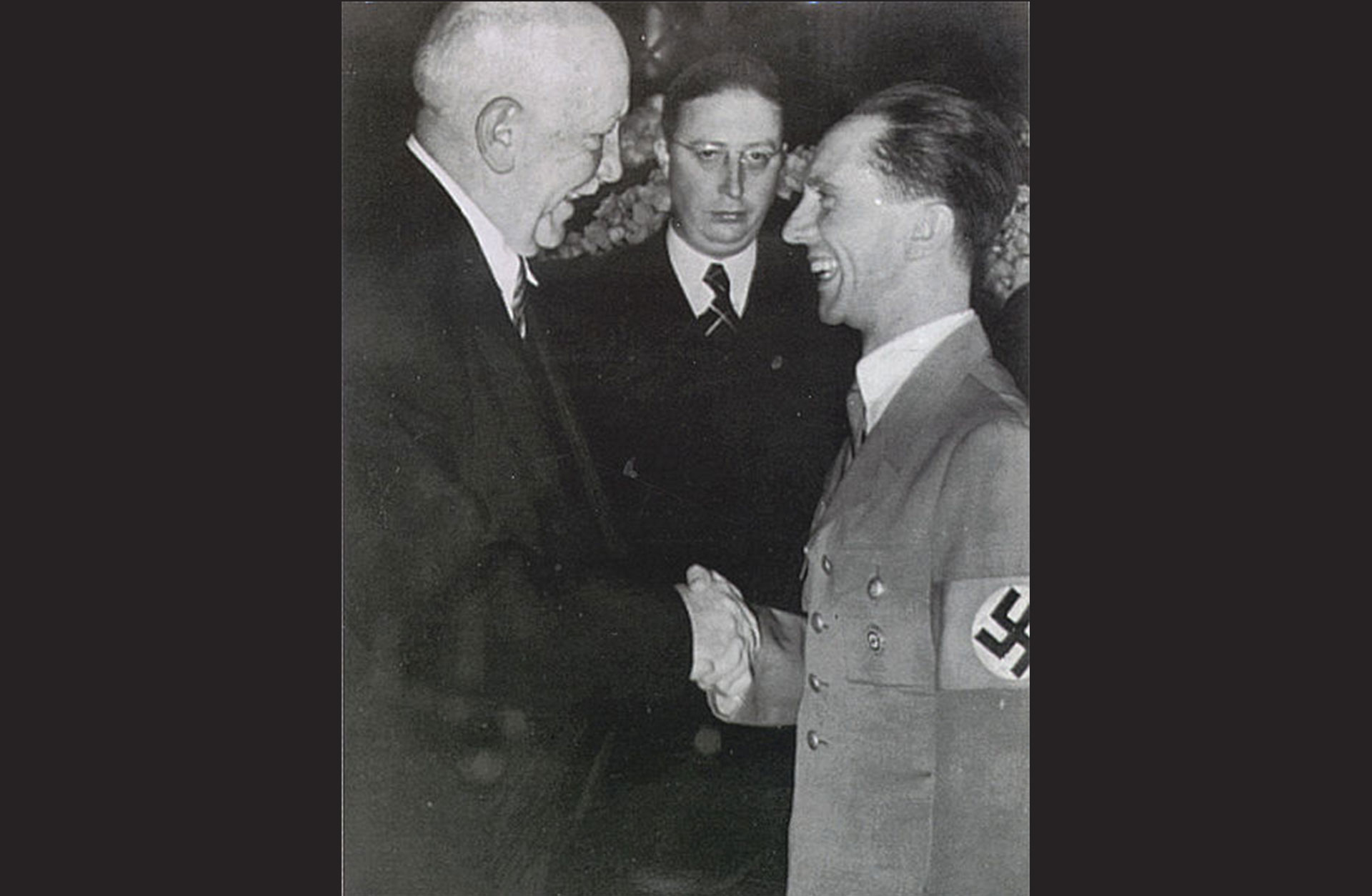
After the Second World War, his status had lost its luster for both political and aesthetic reasons (Stravinsky and Schönberg had paved new paths), but in the autumn of his age he composed still gripping music that still touches the listeners, especially Metamorphoses for string orchestra and The Last Four songs. ends with Evening Blush (Sunset).
Richard Strauss died of heart disease at the age of 85 in Garmisch-Partenkirchen on September 8, 1949.
Listen
The playlist is loaded with music by Richard Strauss, performed by the Gothenburg Symphony Orchestra. Just to sit back and enjoy!
A famous recording
A Strauss album that has received special attention is An Alpine Symphony with the Gothenburg Symphony Orchestra and conductor Kent Nagano. The album was released in 2016 at Farao Classics and received the ECHO award in the prestigious category of conductor of the year. In the clip, the album’s producer Felix Gargerle talks about how the recording went, together with Kent Nagano and horn player Lisa Ford from the Gothenburg Symphony Orchestra.
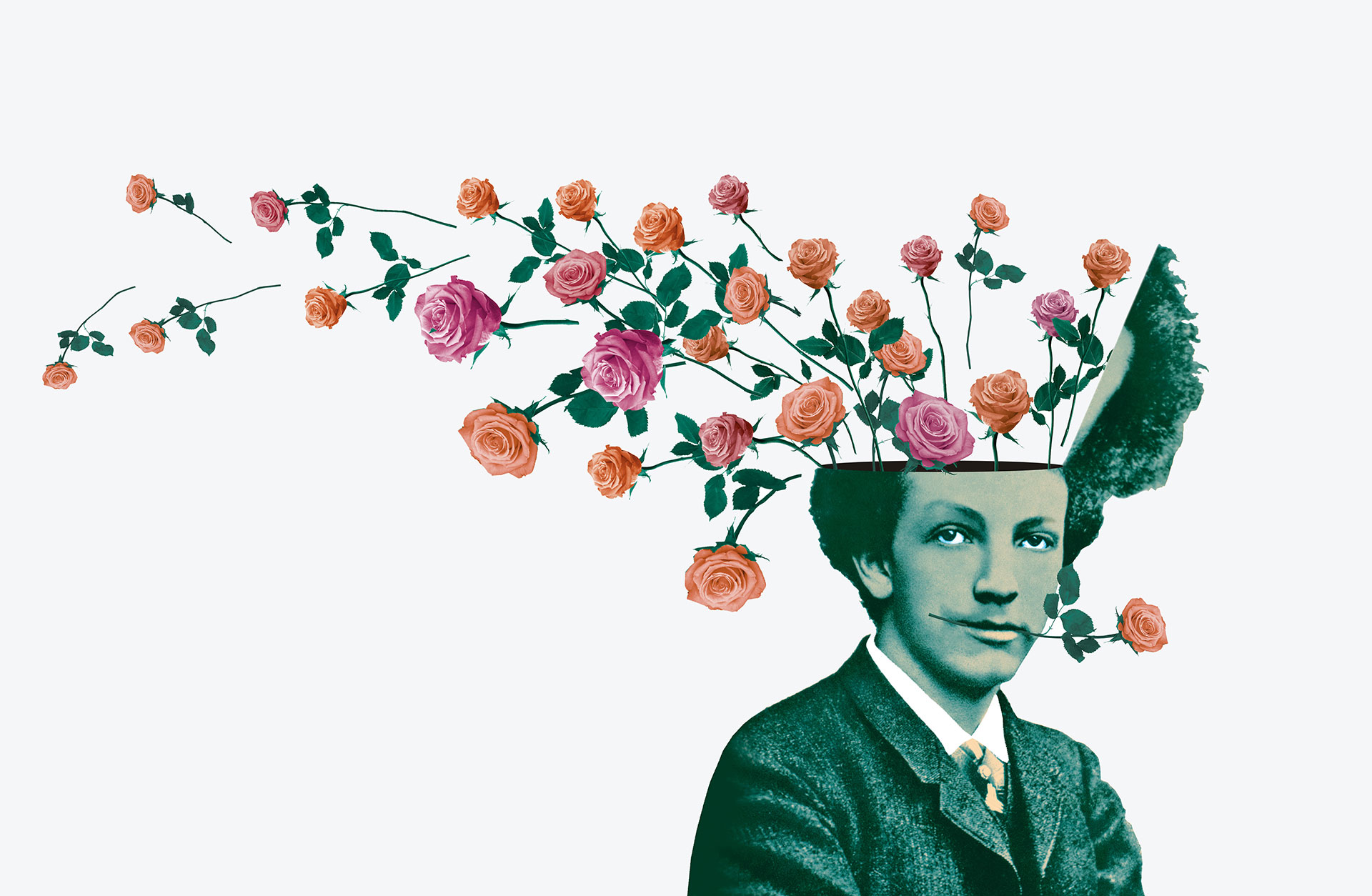
The composers behind the most famous masterpieces
Take the opportunity to get to know some of the composers behind the most famous classical masterpieces and listen to their music. Maybe it will be the start of a lifelong friendship.

